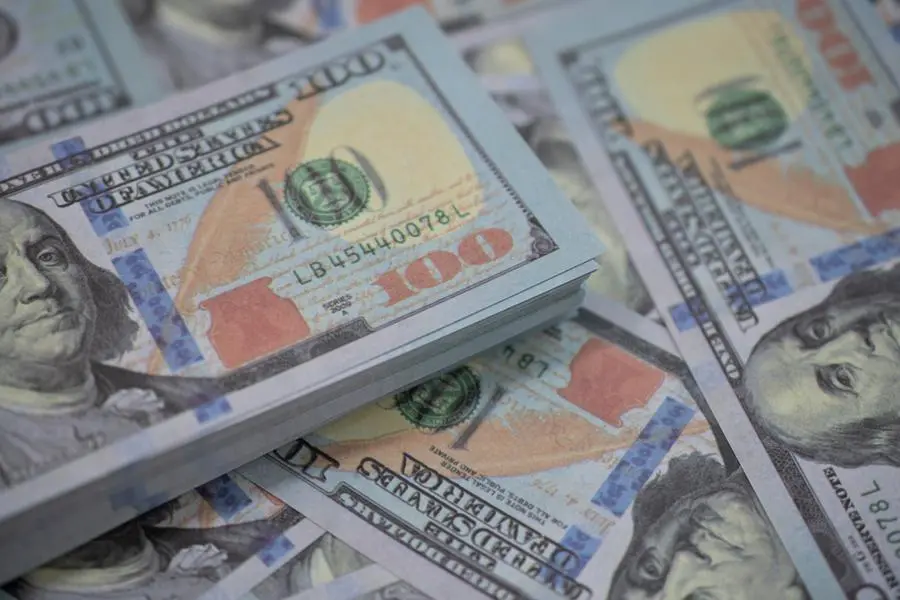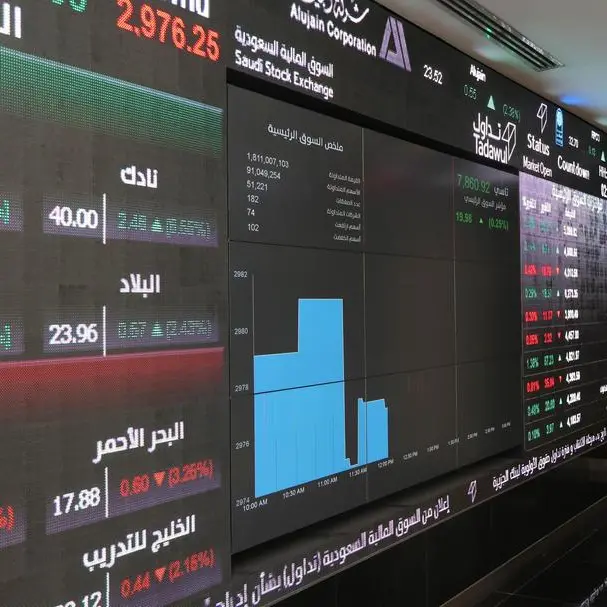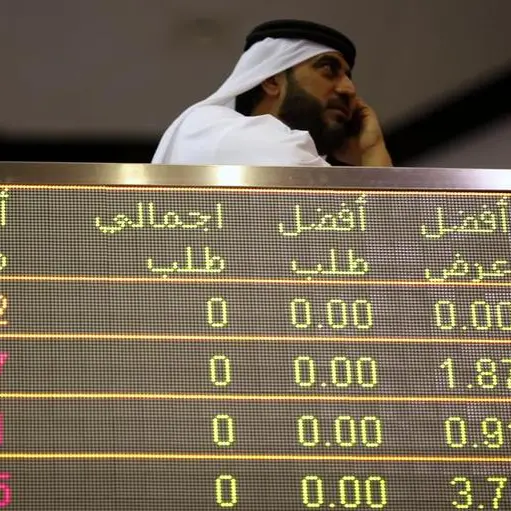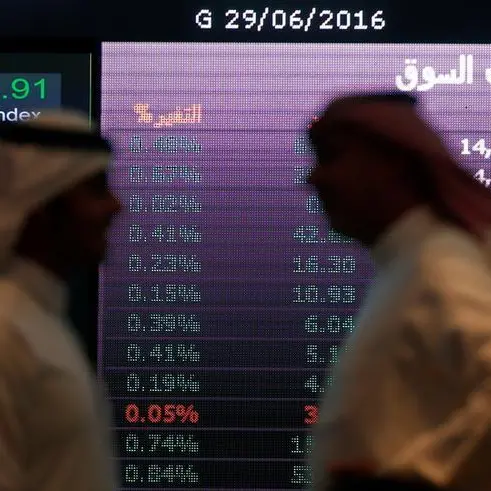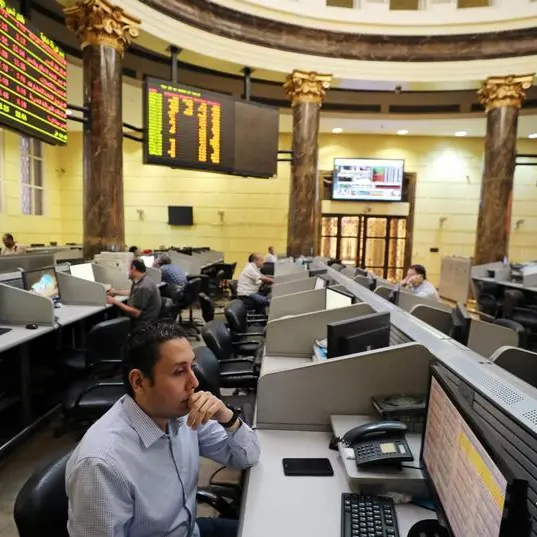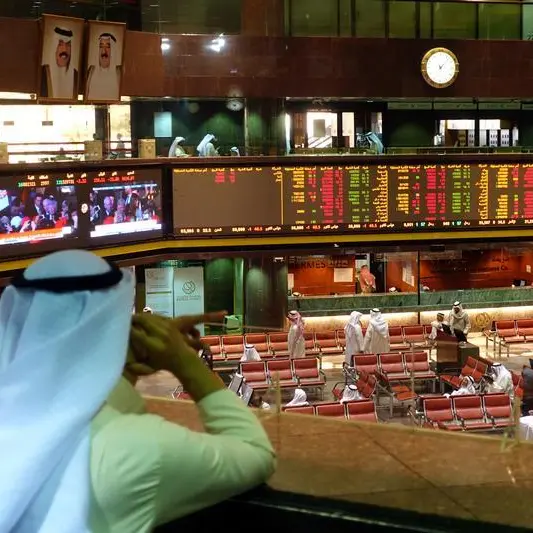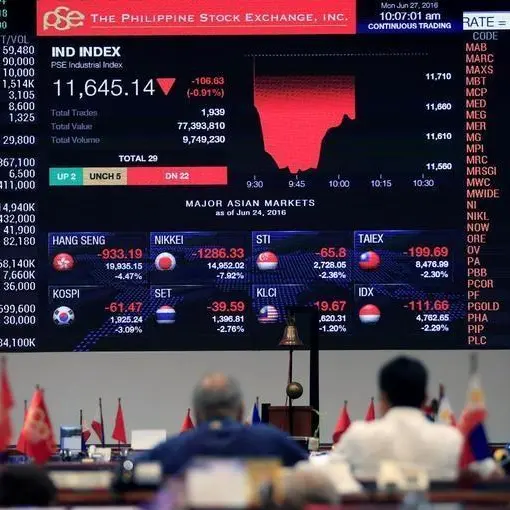PHOTO
NEW YORK - U.S. Treasury yields rose on Monday as market participants prepared for new supply this week, and before data on Friday is expected to show still high inflation.
The U.S. Treasury will sell $96 billion in debt this week, including $44 billion in three-year notes on Tuesday, $33 billion in 10-year notes on Wednesday and $19 billion in 30-year bonds on Thursday. That is likely to push yields higher as banks and investors prepare to absorb the issuance.
“The move towards higher yields is consistent with what you would expect for preparation for the new supply coming in, especially in the long-end,” said Thomas Simons, a money market economist at Jefferies in New York.
Benchmark 10-year note yields rose two basis points to 2.978%. Investors are also focused on Friday's data, which is expected to show that inflation remained high in May. This could solidify expectations that the Federal Reserve will continue to aggressively hike rates as it tries to bring down price pressures that are rising at the fastest pace in 40 years.
The 10-year Treasury yields fell from 3-1/2-year highs of 3.203% reached on May 9 as investors worried that the Fed’s tightening will dent growth and risk tipping the U.S. economy into recession. That also raised the prospect that the U.S. central bank could pause rate increases in September.
But yields moved back higher last week as Fed officials including Vice Chair Lael Brainard played down the likelihood of a pause and expressed concern that inflation will remain stubbornly high. “The September pause camp has already lost a lot of credibility with the way Fed speakers have been addressing it recently, but I think that when we see this (inflation) data it really should put the nail in the coffin,” said Simons.
Friday's consumer price index (CPI) is expected to show that prices gained 0.7% in May, compared with 0.3% in April, with annual inflation unchanged at 8.3%, according to the median estimate of economists polled by Reuters.
The Fed is expected to raise rates by 50 basis points at each of its June and July meetings, with an additional 50 basis point increase also possible in September.
Fed fund futures traders expect the Fed’s benchmark rate to rise to 3.18% in March, from 0.83% now.
(Editing by Nick Zieminski)
